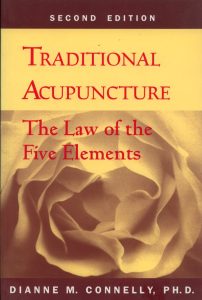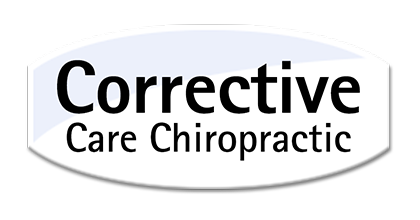Acupuncture
About Corrective Care Acupuncture
Traditional Acupuncture originated in China about 5,000 years ago. It is a complete system of examination, diagnosis, and treatment. In its inception it was thought of as preventative medicine, that is, the creation and maintenance of health. We, in the West, have heard most about Acupuncture in its anesthetic use. This is a relatively recent innovation which explores the relationship between Wester surgery and Eastern pain relief. Another form of Acupuncture that we often hear about is known as symptomatic Acupuncture. It is an analgesic first-aid technique that can bring temporary relief from pain without diagnosing the cause.
Traditional Acupuncture is a healing art and science which teaches how to see the entire human being in body-mind-spirit, how to recognize the process of health and illness, and how to go about the restoration of lost health in an individual. The main difference between Western medicine and Oriental medicine is the basic theory of the Chinese that there is a Life Force called Ch’i Energy, and that this Life Force flows within us in a harmonious, balanced way. This harmony and balance are health. If the Life Force is not flowing properly, then there is disharmony and imbalance. This is illness.
The usual way that we know we are ill is via a symptom which acts as a signal of distress. This signal tells us that something is wrong. We may feel the distress as a migraine headache, an ulcer, a period of depression, arthritis, insomnia or any other complaint. From the Chinese point of view, these symptoms point to trouble somewhere in the flow of the Ch’i Energy. We could say that the symptom is the trouble in itself and so try to eliminate it, but from the perspective of Traditional Acupuncture, this would be like covering up a flashing generator light in your car when all it is doing is indicating trouble. The problem is not dispelled by disguising the symptom.
A full examination is done using the diagnostic tools of Chinese medicine to assess the condition of the Ch’i Energy and to find the cause of illness. These tools take into consideration everything about a person: for example, the sound of the voice, the hues coming from the face, the predominant emotion, the temperature and texture of the skin, the gait and posture, the childhood history, the favorite tastes, the best and worst times of day, the dreams, the appetite and diet, the ability to sleep, the workings of the bowel and bladder, the sexual energy, the stresses within the family and at work, the acuity of the senses and a person’s habits and hobbies. This is not an exhaustive list, but it does give an idea of the range of information that is important in Traditional Acupuncture in order to make an accurate diagnosis of a person’s illness.

The examination gathers this information and uses it as a basis for diagnosis. A fundamental presumption is that we want to be healthy, that is, to be in harmony and balance within ourselves and within our lives and that the body-mind-spirit will do what it can to make this so, Acupuncture treatment restores order and balance to the Ch’i Energy enabling it to flow clearly without obstruction, so that the body-mind-spirit can then heal itself. Treatment is carried out by using needles.

(Dianne M. Connelly, Traditional Acupuncture-The Law of the 5 Elements, 2nd Edition, Pgs 3-5)
*As an active patient you can supplement your adjustments with Acupuncture. Please talk to Dr. Kuehl for more information.
